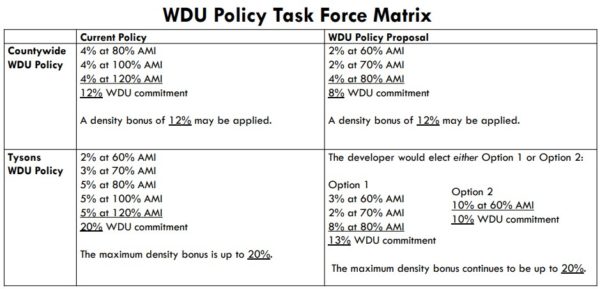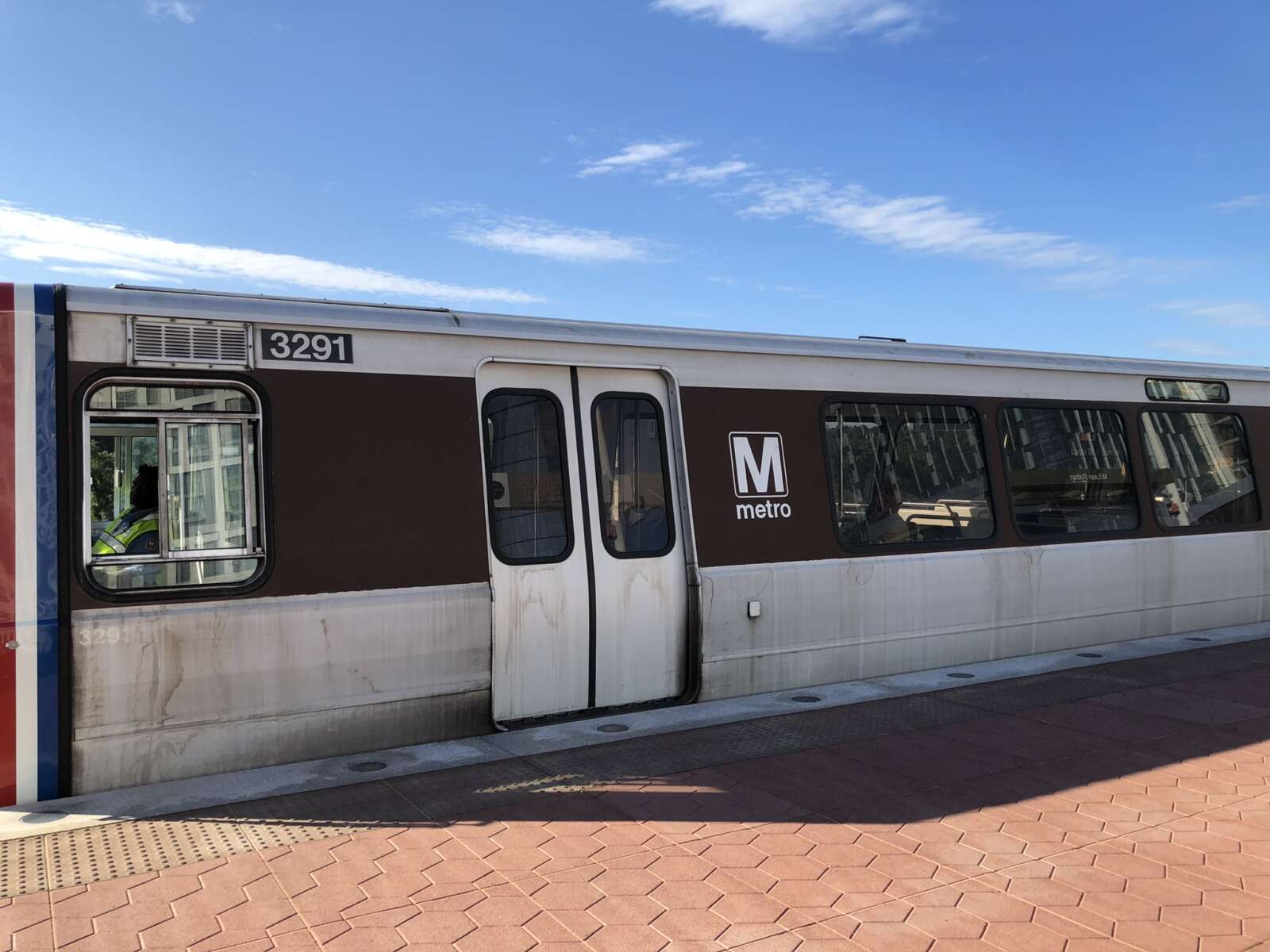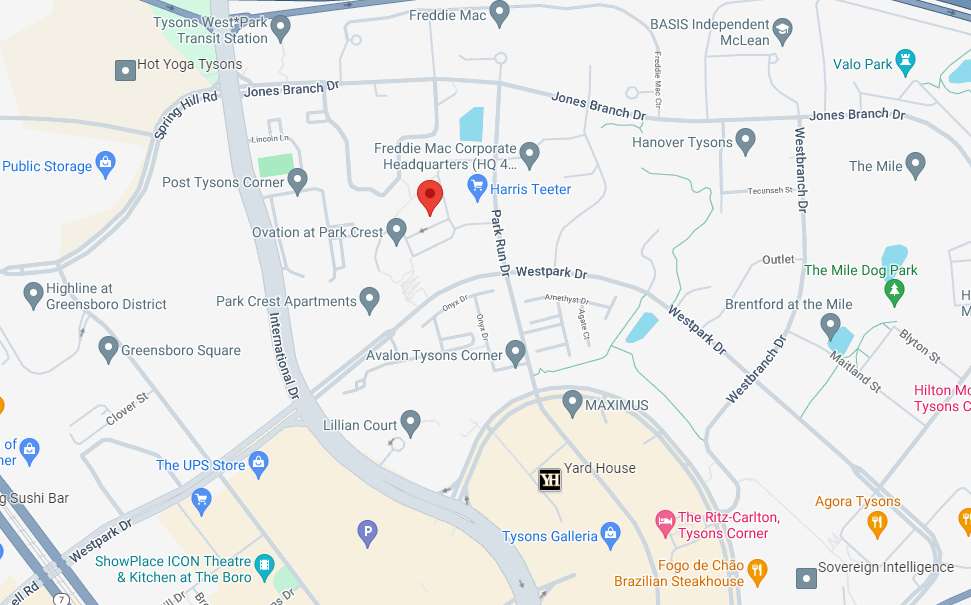Fairfax County officials are looking to create more affordable housing and workforce dwelling units (WDUs) as the coronavirus pandemic increases housing hardships.
At the county’s Transportation Committee on Tuesday, staff from the Department of Planning and Development (DPD) and the Department of Housing and Community Development (HCD) presented new proposals.
While the staff noted conflicts between advocates and developers, several of the supervisors pushed for the county to do more.
“Whenever we deal with this topic, it’s difficult,” Barbara Byron, the DPD director, said. “We have some advocates who feel we are never doing enough and then we have developers who say we are doing too much.”
Workforce Dwelling Units
County staff gave the supervisors an overview of the Workforce Dwelling Unit Task Force’s recommendations that would “still place Fairfax County very much place at the forefront of being the leader of affordable housing in Northern Virginia,” Tom Fleetwood, the HCD director, said.
The county’s WDU policy is a proffer-based incentive to encourage workforce housing in mixed-use centers like Tysons. The countywide policy was created in 2007, followed by the one for Tysons in 2010.
So far, the county has roughly 1,600 units — almost all rental — constructed for incomes ranging from 60% to 120% AMI, Kelly Atkinson, a DPD planner, told the supervisors.
The task force was created in 2019 to analyze the WDU rental program, which was been in place since 2014.
Now the task force is recommending that changes to the policies because the WDU policies are currently benefitting units at 80% AMI and below. “The WDU Rental Program rents at the 100 and 120 percent income tiers are at or above market rent,” according to the presentation, which added:
- The current Countywide Policy only realizes 4 percent of new residential construction as WDUs affordable to households at 80% AMI.
- The current Tysons Policy only realizes 10 percent of new residential construction as WDUs affordable to households between 60% and 80%.
The recommendations would replace the policies with new percentages for the number of units at the various AMI brackets to benefit the 100% and 120% tiers and add more options for people between 60% and 80% of AMI.
For example, a 400-unit project would have 80 WDUs (eight at 60% AMI, 12 at 70% AMI and 20 each at 80%, 100% and 120% AMI) in Tysons under the current policy.
With the new policy, the developer would get to choose either 52 WDUs (12 at 60% AMI, eight at 70% AMI and 32 at 80% AMI) or 40 WDUs (40 units at 60% AMI).
Staff noted that the Reston WDU Policy will be looked at separately and that the county-wide policy can offer a density bonus up to 20% with more WDUs.
“While this proposal does reflect the task force recommendations, I would note that the industry and development representatives on the task force were not in support of this recommendation,” Atkinson said.
The task force recommends a five-year “look back” on the policies and a Comprehensive Policy Plan Amendment. The plan amendment process would take roughly one year with “extensive outreach to the community,” Atkinson said.
Byron said that the financial aspects of the recommendations were vetted by a group at Virginia Tech. “We wanted to be sure they were based in a financial reality rather than numbers we thought might be good ones, that was a big part of this effort,” Byron said.
“I understand there’s a feeling, ‘Can we do more?'” Sully District Supervisor Kathy Smith, who chairs the Development Process Committee and has been involved in the WDU discussion, said.
“It’s so apparent we need more affordable housing,” Smith said, noting that the land use process can take some time. “We needed it at 60%, 70% and 80%.”
Still, Smith said that she’s very supportive of the proposed ideas.
But Mount Vernon District Supervisor Dan Storck remained skeptical that the proposals would be sufficient for the need and said that the county should have taken steps sooner after creating the policies.
“The fact that we’ve had a system in place that frankly wasn’t working for a decade and we’re just now getting to the point where we change it is not a good statement on us, but I think it is a statement on what we recognize the problem is and how and what we must do to better address it,” Storck said.
Foust said that he and Smith, possibly with the supervisors who represent the Tysons area, will bring a board matter in the future on the plan amendment.
Affordable Housing
After the discussion of the WDUs, Fleetwood then presented the proposed plan for fiscal year 2021 to help the county meet its goal of at least 5,000 new units at 60% of AMI over the next 15 years.
The plan would use up to $20.5 million with $7.5 million coming from the Affordable Housing Development and Investment Fund, $5.2 million from the Tysons Housing Trust Fund and $7.8 million from the Amazon Impact REACH funds. The Tysons funds can only be used for affordable housing in the Tysons Urban Center, Fleetwood said.
According to Fleetwood’s presentation, the draft plan would prioritize:
- creating new rental homes for people earning 60% of AMI or less
- keeping “market affordable” rental properties
- creating new permanent supportive housing
- adding accessible housing for persons with disabilities
- offering housing near transit and activity centers
Fleetwood said that it’s hard to estimate how many units might result from the $20.5 million because the funding is coming from three pots. “My best guess, my hope is we would get somewhere in the neighborhood of three projects out of it,” he said.
In response to a question from Storck about considering non-traditional partners, Fleetwood said that the county wants to make it easier for faith communities that own property to participate.
“We act as the lender in these cases and that’s why we focus so heavily on the development partner as sort of the first priority relative to who we choose to move forward with,” Fleetwood said.
For-Sale Units
While the presentations mostly focused on rental units, some of the supervisors brought up the importance of for-sale units.
“The county is already making significant investments in affordable homeownership via its ADU program where we have approximately 1,500 for-sale units,” Fleetwood said. “We’re also making substantial investments in down payment and closing cost programs using our federal dollars as well as additional resources.”
Storck noted that homeownership, especially for communities of color, plays a major role in the accumulation of wealth. “There’s something more that we can do in here we approach that,” he said.
Foust said the county should look more into for-sale units: “It’s something we need a policy for, not an ad-hoc type thing building by building throughout the county.”
Foust said that he’s open to having a separate conversation in the future about the for-sale units and homeownership.
Table via Fairfax County







